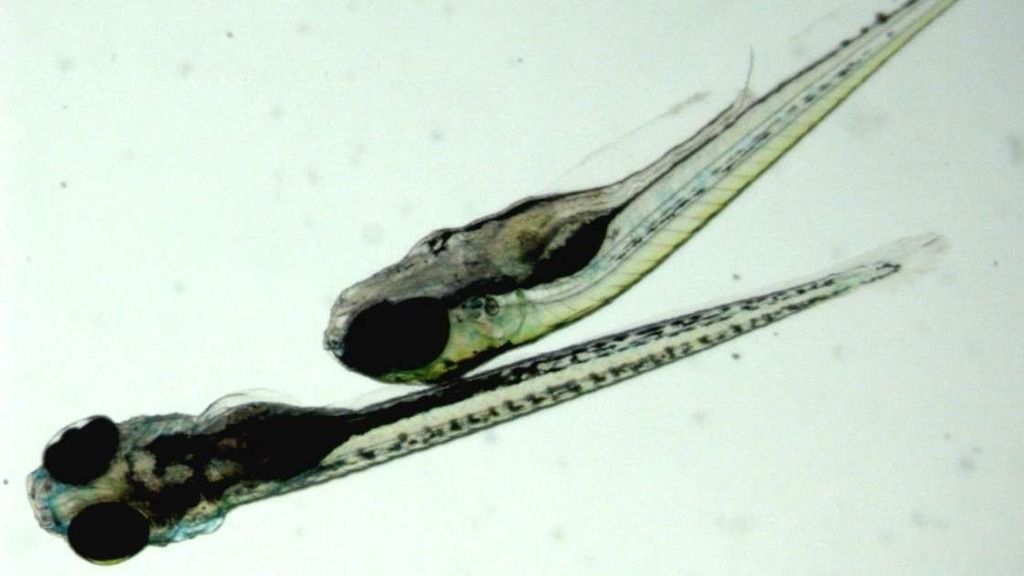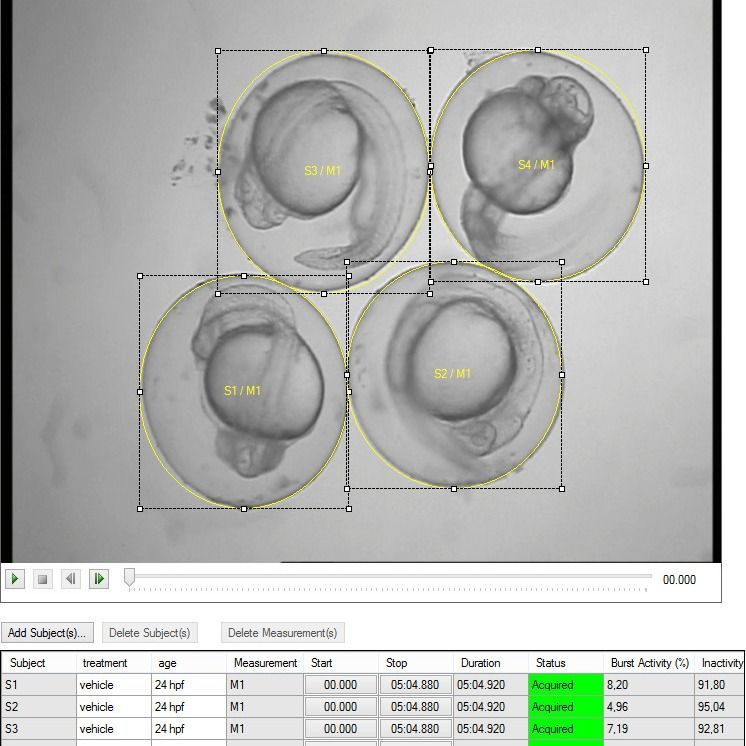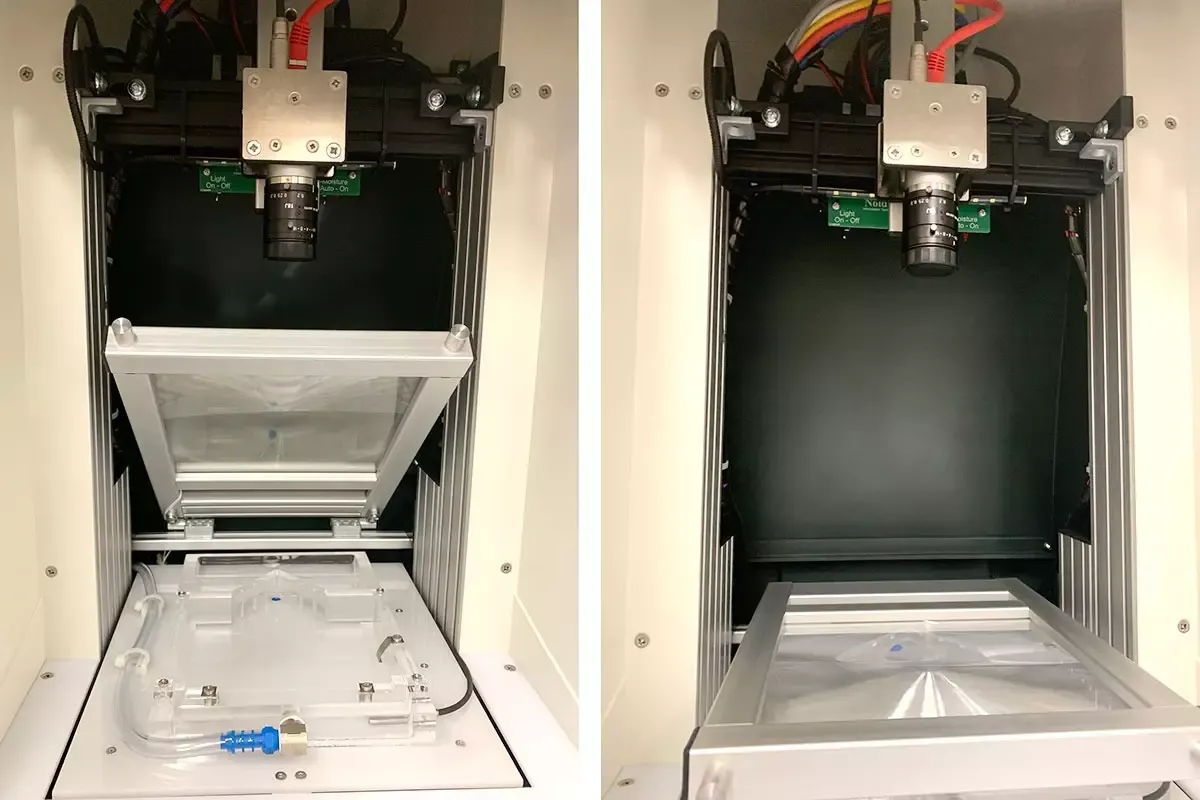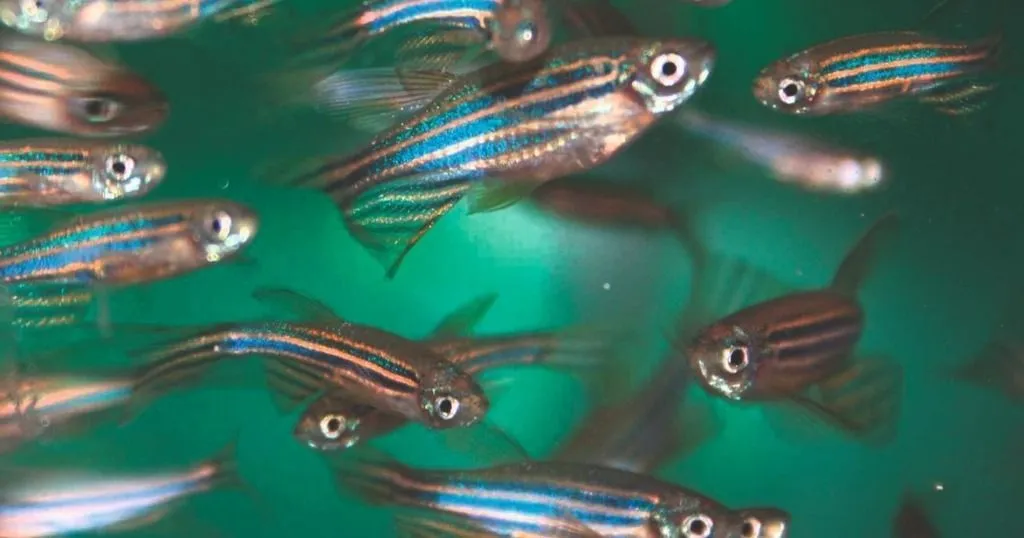Tiny plastics, big problems: do nanoplastics affect neurodevelopment?
Nanoplastics are everywhere in the news nowadays. But how exactly do they influence our development. Researchers used DanioVision and EthoVision XT to track the development and behavior of exposed zebrafish. Keep reading to see their results
Posted by
Published on
Fri 18 Apr. 2025
Topics
| DanioVision | EthoVision XT | Zebrafish | Neuroscience |

The hidden threats of nanoplastics
Plastics are everywhere, in our oceans, rivers and even our drinking water,
presenting a significant environmental challenge. While the adverse effects of large plastic debris have been
heavily researched, the impact of microscopic plastic particles has been widely overlooked.
Recent evidence demonstrates that environmental weathering breaks plastics into tiny submicron sized particles,
or nanoplastics (less than 100 nm), which accumulate in living organisms over time. Although almost invisible,
it is now thought that this accumulation may be problematic. Could these tiny particles be impacting our aquatic
systems and posing a risk to human health?
To answer this question, Saraceni and colleagues (2025) conducted a series of zebrafish experiments using the DanioVision
observation chamber and EthoVision XT, to investigate the relationship between nanoplastics and neurodevelopmental toxicity.
Zebrafish are considered an excellent model for understanding how environmental nanoplastics could affect human development,
due to similarities in physiological pathways, genetic conservation and stress hormone regulation processes.

Nanoplastics and neurodevelopment: testing movement, growth and stress
Researchers exposed zebrafish embryos to environmentally weathered,
nanometer-sized plastic particles (simulated environmental particles, SEPs) at concentrations replicating the
levels seen in our waterways, while control groups received only embryo water. Zebrafish were selected as an
ideal model for these experiments, due to their transparency, rapid development and growth, and genetic
similarity to humans.
During the experiment, embryos were closely monitored for toxicity, with measurements including survival,
hatching, and changes in embryonic growth. Six days post-fertilization, zebrafish previously exposed to
nanoplastics were individually placed in a 24-well plate with clean embryo water, then transferred to a
DanioVision observation chamber. Movement was recorded for two hours under white light using Noldus’
EthoVision XT automated behavioral tracking software enabling the comparison of total distance traveled
(locomotor activity) and percentage of time immobile (stopping time) between SEP-exposed and control zebrafish embryos.
The study also correlated plastic-induced toxicity with stress signaling, by quantifying cortisol, the principal stress hormone
in zebrafish, as well as glucocorticoid signaling. The researchers then investigated whether changes in stress hormones were linked to
alterations in gene expression, analyzing transcripts encoding stress markers and hypoxia-responsive genes, including
Fkbp5, hpxa, and Pfkfb3.

How controlled environments and automated tracking provides insight
- The DanioVision observation chamber ensures a controlled environment, high-throughput behavioral analysis, minimizing environmental variability and stress, enabling reliable and robust data collection.
- EthoVision XT software automatically tracks zebrafish movement in real-time, capturing locomotor activity and behavioral patterns. The software eliminates the need for manual scoring, ensuring unbiased data collection and captures subtle behavioral changes.
- Used together, the DanioVision observation chamber and EthoVision XT provide continuous 24/7, non-invasive behavioral tracking. This real-time approach minimizes stress while capturing subtle developmental and behavioral changes that traditional methods might miss.
How might you research benefit from automated, non-invasive behavioral testing in a 24/7 environment?
The ins and outs of zebrafish research
Basic behavioral neuroscience in zebrafish
Learn all about the why, when and how regarding zebrafish development and behavior. Explore protocols and best practices to get the most out of your zebrafish research.
The rising tide of nanoplastics and the implications for human health
This study demonstrated that exposure to nanoplastic particles during development resulted in toxicity and elevated stress signaling, although changes in longevity were not seen.
Delayed hatching and reduced growth: Zebrafish embryos exposed to nanoplastics showed delayed hatching, and measured up to 150 μm shorter in early development compared to controls.
Impaired locomotion: Locomotor activity was reduced by up to 40% in zebrafish embryos exposed to nanoplastic particles.
Elevated stress responses: Cortisol levels were elevated 2-3 fold in zebrafish exposed to nanoplastics, while transcriptomic analyses highlighted the upregulation of genes involved in stress and hypoxia signaling.
These findings raise important questions around human health. While the study was conducted in zebrafish, the observed neurodevelopmental impairments and elevated stress responses suggest that chronic exposure to nanoplastics might pose a significant risk for human neurodevelopment.

Conclusion: Nanoplastics do impact neurodevelopment!
While our understanding of the relationship between neurodevelopmental processes and environmental stressors remains limited, this study demonstrates that nanoplastics significantly disrupt zebrafish neurodevelopment and increase stress signaling at multiple biological levels.
By combining behavioral tracking tools including the DanioVision observation chamber and EthoVision XTsoftware, the researchers were able to detect subtle changes in zebrafish neurodevelopment and locomotion, which resulted from nanoplastic exposure during the embryonic stage.
These findings not only raise significant concerns for our wildlife and aquatic systems but also suggest that long-term exposure to nanoplastics may have important implications for human health.
While it is not yet clear whether exposure to nanoplastics might trigger the same stress responses and neurodevelopmental disruptions in humans, these results highlight the need for ongoing research into the potential health impacts of these pervasive and widespread ultra-small plastic particles.
References
Saraceni, A., Rubin, A. E., Wexler, Y., Gothilf, Y., Bovolin, P. & Zucker, I.
(2025).
Simulated Environmental Nanoplastics Induce Zebrafish Developmental Toxicity and Stress Response. ACS Sustain. Chem. Eng.doi:10.1021/acssuschemeng.4c10847.
Related Posts

Isolated and stressed zebrafish as a model for major depression

The effects of quantum dots on zebrafish larvae locomotor behavior
